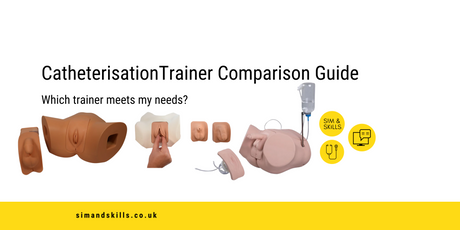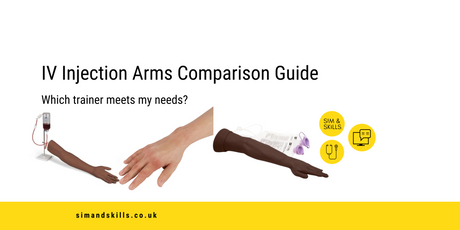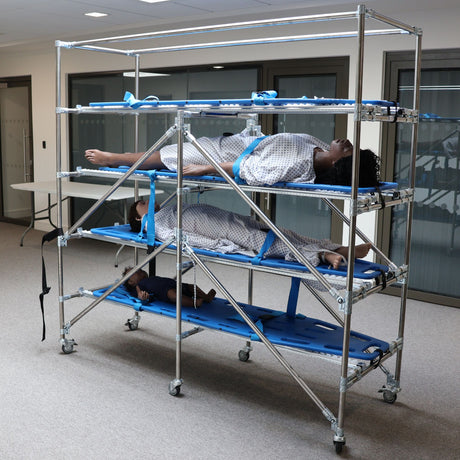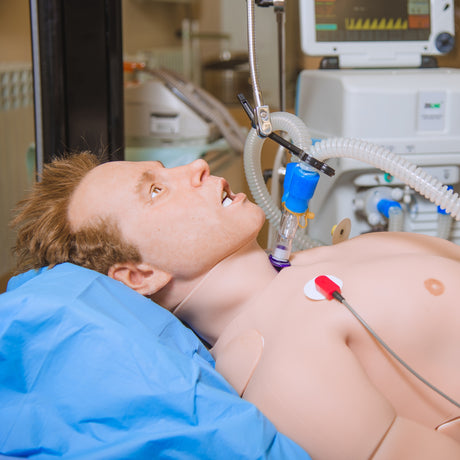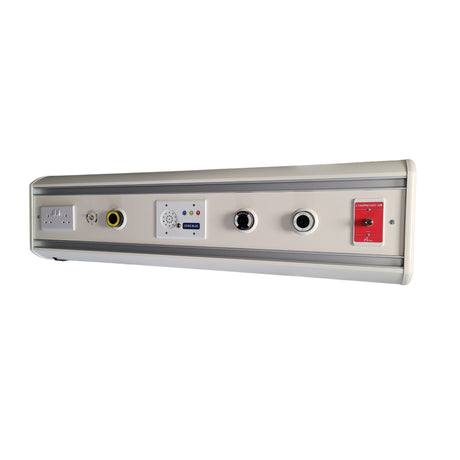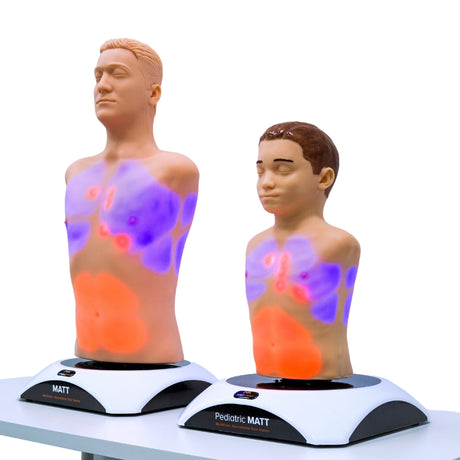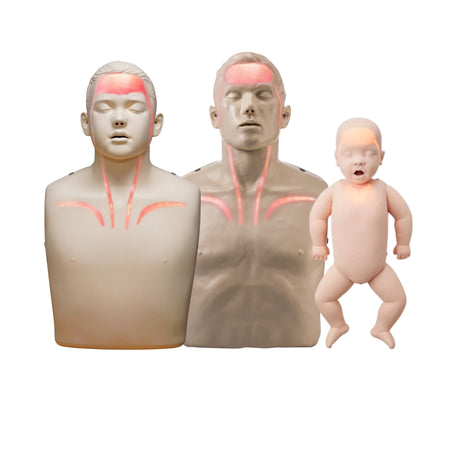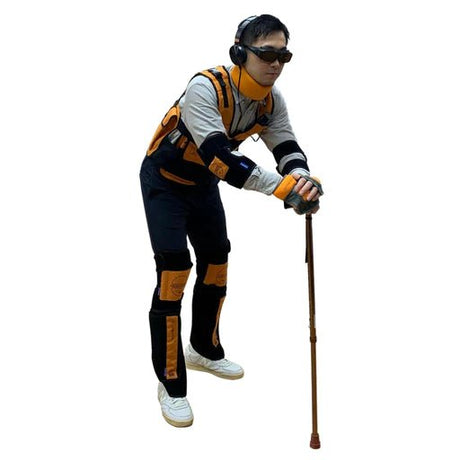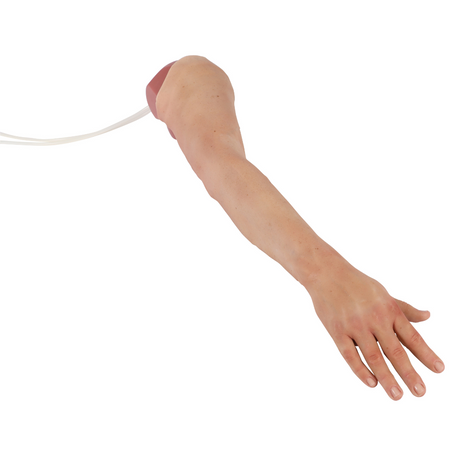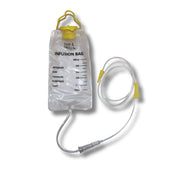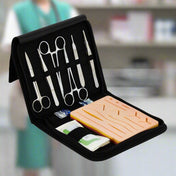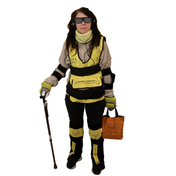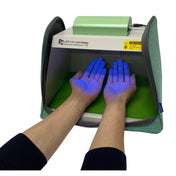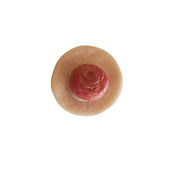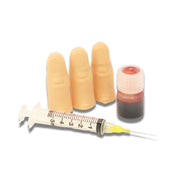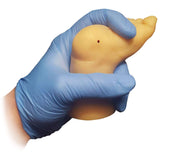Suturing techniques are used in medical procedures such as surgery to close wounds. It is important to learn how to do it safely and correctly.
- What You Should Know about Sutures
- Types of Sutures in Surgery & Medical Procedures
- What Makes Sutures Effective in Healing Wounds?
- How to Clean a Wound Before Suturing It for Healing?
- Learn the Basics of Suturing Techniques with These Top 3 Tutorials
Sutures are used in surgery to hold two pieces of tissue together. They are often made out of surgical thread and needle.
They may be made of synthetic or natural materials, but they need to be strong enough to withstand the pressure that is exerted on them during surgery.
Sutures can also be made of surgical tape, which is also used in some surgeries and even dental extractions.
Surgical thread and needles come in many shapes and sizes: round needles, curved needles, cutting needles, needles with a large eye at the tip for heavy materials such as bone, small-eyed needles for fine suturing jobs such as those done on babies' eyes during an operation for cataracts.
Different Types of Sutures & Which Ones You Should Use
Sutures are the threads and needles used to stitch wounds. They have been in use for thousands of years and have a lot of different variations.
Sutures come in a variety of shapes and sizes. The most common suture material is cotton thread, but silk, polyester, nylon, and steel are also used.
The knots tied on sutures can vary from square knots to more complicated square-knots that resemble fish hooks.
Because sutures need to be removed at some point during or after surgery, they all have a strand that sticks out so they can be cut without much effort when needed.
Surgical thread has been around since ancient times when Greek doctors used it for stitching up wounds in the battle field.
Things to Know about Suturing Procedures & Ways to Prevent Infections
Suturing is a stitching method used for closing wounds and preventing them from opening up. Sutures and surgical knots are used in all sorts of medical procedures, including surgery.
A suture is a thin strip of material that is inserted through the tissue layers to hold them together. One end of the suture is left outside the body while the other end is pulled so it can be tied off. Some stitches can be done by hand, but most stitches are done using a machine or with needle and thread.
To prevent infection, you should always wash your hands prior to performing any procedure and be careful not to touch any open wounds or surfaces where bodily fluids may have been deposited (i.e., petting an animal).
—
First, it is important to know that surgeons will use different stitches and knots depending on the type of surgery they are performing. For example, we would use a suture to close a wound and we would use surgical knots for securing blood vessels.
When you are stitching up wounds, it is important to make sure you take your time and do not move too quickly. The last thing you want is for the patient’s skin to tear while you are trying to close them up. If things get messy, do not worry too much about the mess because it will come off with soap and water or an alcohol wipe.
What Makes Sutures Effective in Healing Wounds?
A suture is a surgical thread that is used to hold together the edges of an incision. Sutures are most often made from nylon or silk. The use of sutures has been found to be one of the most effective ways to get rid of wounds quickly without having to get them cut out.
The wound healing process consist of four stages: haemostasis, inflammation, proliferation, and remodelling. Sutures help in getting through all these stages by reducing blood loss during surgery, preventing leakage and infection post-surgery, and allowing the wound to heal faster with less scarring.
The purpose of sutures is to close an opening and keep the edges of a wound aligned with each other while the wound heals. Sutures also serve as a type of natural bandage that can be removed later.
A surgical needle is used to make small holes in the skin on either side of the wound and then thread is passed through one hole and out through the other. The two ends are then tied together tightly enough to stop bleeding but not so tightly that it restricts blood flow or feels uncomfortable. Sutures can be made from various materials such as nylon, silk, or metal wire
How to Clean a Wound Before Suturing It for Healing?
A wound can be cleaned in various ways. The general advice would be that the cleaner the cleaner, the better. There are different options to consider that include cleaning with soap and water, hydrogen peroxide and iodine and betadine and iodine.
The best way to clean a wound is dependent on its size and severity. A minor injury can often be removed with water or soap and washing off any residue from blood or other fluids. For more severe injuries, it is advised that one find an expert to help them out with this because cleaning such wounds can require surgical instruments like scissors or forceps, needle holders etc.
Before starting any procedure, it is important to clean the wound. The first step is to take a sterile gauze and soak it in an antibiotic solution or water before applying it on the wound. You can also use saline solution if you don’t have antibiotic solution at hand. Then apply pressure with the gauze for about five minutes to let the liquid seep deep into the wound. The next step is to remove any dead tissue or clotted blood with a pair of tweezers or scissors. You can now remove any debris from the wound using a small vacuum cleaner and cotton swab and then rinse with water or put more of antibiotic solution.
Conclusion: Learn the Basics of Suturing Techniques with these Tutorials
The suture is a surgical technique that's been around for millennia and has been used in many cultures. Suturing is often used to close wounds and stop bleeding. This section will introduce you to the basics of this technique with ten tutorials.
Here are the tutorials on how to suture:
Learn 4 simple Suturing techniques in 3 minutes!
How To Suture: Intro To Suturing Like a Surgeon
Suturing techniques are used in medical procedures like surgery to close wounds. It is important to know how to do it the right way.



